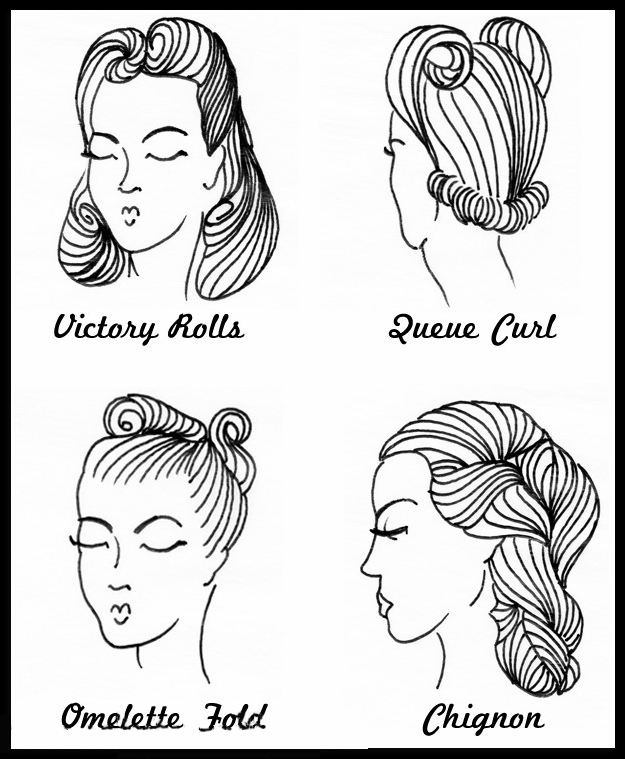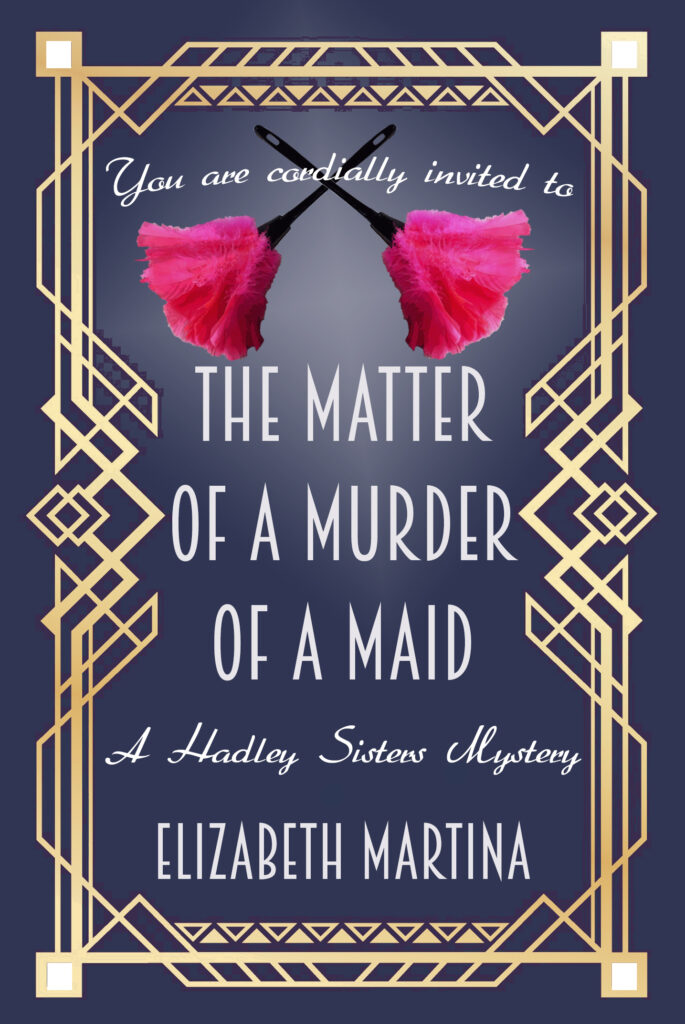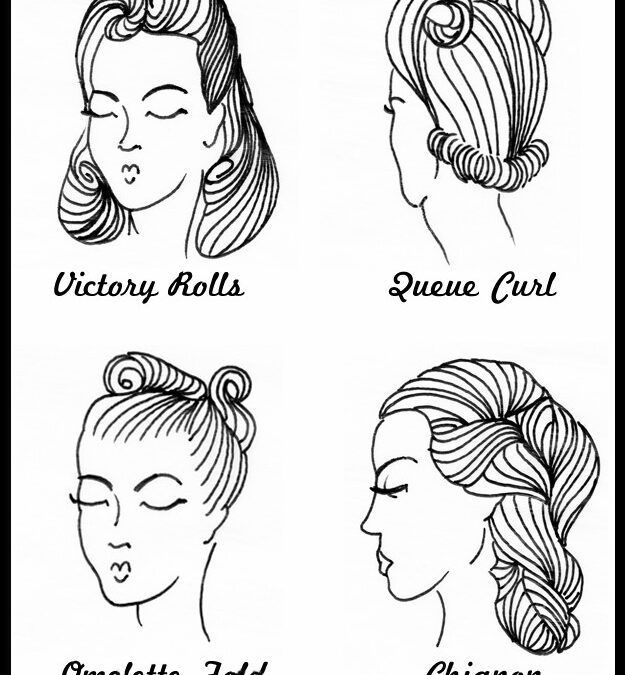
COSTUME DETAILS FOR WRITERS—1940S HAIRDOS
Curls were in in the 1940s. Pin curls, roller curls, brushed into place curls. Women could make them, artificially if need be, and men might be blessed with them.
Men were clean-shaven, their hair short. Parts were common. The pompadour was still around, but not as popular as it would be in the 50s. Curly hair was worn slightly longer on top so it could be swept up and worn wavy at the top of the head.
Women’s curls were big! They were achieved with pins or rollers, and any combination of chemicals that kept them looking good. Longer hair tended to be in vogue because, with so many women working, there was not enough time, or, honestly, money, to keep the short do at prime length. But the hair needed to be kept off the face for factory and office work. Plus, it was patriotic to not spend a lot of money when our boys were away fighting for our lives.
Turbans and head scarves were popular. They both achieved the same end, keeping the hair out of the way. The scarves were often multicolored and tied at the top of the head, where the knot was center of attention. The forehead was decorated with small curls or bumper bangs. More on that last one, later.
The ultimate show of patriotism seemed to be the Victory curls. These were big sausage sized curls kept in place with plenty of spray and pins. They were the ultimate pinup girl’s hairdo. Remember Betty Grable? These curls were worn piled on top of the head or pulled back and made into a roll at the nap of the neck. Sometimes both at the same time.
For those without the time or inclination, there was the hair snood. It was a loosely knit (or crocheted) item which took in all the hair (usually loose tresses) up to the crown of the head. The hair was seen through the loose stitching, but held away from shoulders and face.
For the lady who had the time, there was the omlet fold. Hair was parted in the middle, all hair on one side was rolled into a huge curl towards the part. The back was done in a variety of ways. This took patience.
For very long hair, or fake hair, there was the wrapped braid, a little country looking. It was not a big deal in the cities. Straight long hair could be worn long, with only the bottom curled, practically covering one eye, known as the peekaboo. Veronica Lake sported that hair style in several of her movies. Another look for quite long hair was barrel curls, a version of the Victory curl, but only at the ends of the tresses.
For medium length and shorter lengths, women could wear curls. Rollers worked for longer styles but pincurling wet hair and sleeping on it was quite common for the short styles. In the morning, all the woman had to do was take the pins out and fluff or comb. Page boy styles, not as popular as they would become in the 50s and 60s, were designed for ear length straight hair.
For slightly longer hair that was too short for the Victory curls, wearing the hair up with small curls pinned in place was just as popular. The pompadour, reminiscent of the Gay 90s, came back in a modified style, lower on the crown than before. The trick was to grow very long bangs to get the bulk a lady needed for the look.
So, for man or woman, the 1940s tended to accent the curl, or at least, the curve of the hair. Very pleasing to the eye and a welcome softness to another-wise tough time.



Recent Comments